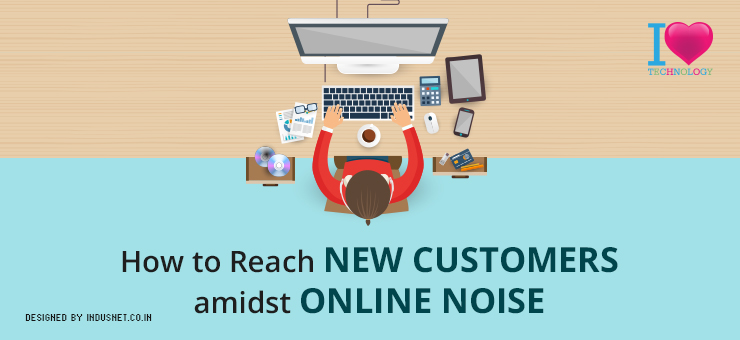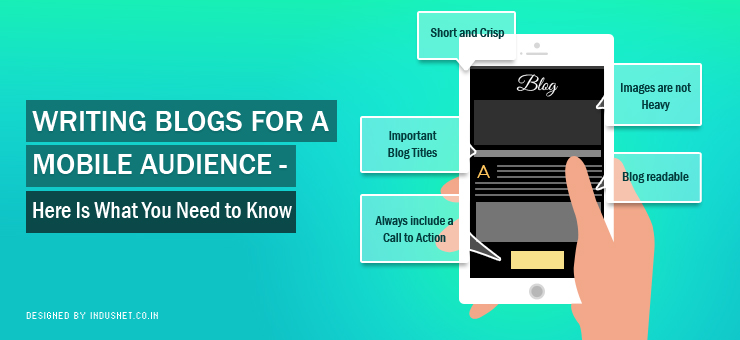
User-Generated Content: Transforming Customer Reviews into Marketing Gold
Most businesses understand the need for cutting-edge marketing in an increasingly competitive environment. This is where user-generated content can be a veritable game-changer. With evolving consumer behaviour, tried-and-testing marketing playbooks are changing rapidly. Social media usage has increased exponentially, making digital marketing a vital component of the overall strategy for companies. India had around 755 million users of social media in 2022 while Statista has also estimated that this will go up to 1.17 billion users by the year 2027. Another disruptive aspect is performance marketing, giving more freedom in terms of tracking brand reach and coordinating marketing initiatives to sustain bigger campaigns. This focuses majorly on profitability and revenues. Now in this context, it is worth mentioning that brands have realised how essential it is to scale up their overall visibility, especially in the eyes of modern-day consumers in order to build that coveted connection with them. With user-generated content, brands can offer customers a unique chance to contribute actively towards the growth of the brand without sitting back and watching the action. UGC marketing strategies have become vital in terms of influencing the purchase decisions of consumers while enabling brands to scale up their visibility and market reach while achieving their desired growth objectives. What is Meant by User-Generated Content? User-generated content is also called content generated by consumers. This refers to brand-based and original content from customers published throughout multiple channels including social media platforms. UGC marketing strategies encompass various aspects including videos, images, reviews, testimonials and even podcasts. Customer reviews or user reviews in marketing campaigns contribute immensely at every stage of the buyer journey, spurring higher engagement and driving conversions accordingly. Customer-focused content can be used extensively throughout social media platforms, checkout pages, landing pages, emails and many other strategic locations. How Does User-Generated Content Help? User-generated content like customer reviews and videos can help considerably in the following ways. It can thus be said that UGC is here to stay and how. Most buyers today look for customer reviews before making a final purchase decision. Hence, more brands will look to leverage user reviews in marketing campaigns in order to connect better with their customers. The multifarious types of UGC can be used at every buying stage for enhancing not just conversions and sales, but also engagement levels and the overall ROI (return on investment). Authenticity is the need of the hour for brands along with originality. UGC is what ticks the boxes on both these counts. It also contributes positively to the overall reputation and progress of the brand, since consumers get directly involved in the brand’s journey. They turn into unofficial brand ambassadors and play vital roles in fostering the growth and development of their favourite brands. This contributes to deeper relationships that have a positive spill-over effect and rub off neatly in terms of attracting newer people to the community. Brands can thus leverage these communities to not only make them feel more involved and a part of their growth stories but also to garner steady traffic and responses to their campaigns and launches. FAQs What are the benefits of incorporating customer reviews and testimonials into marketing campaigns? There are several advantages of incorporating customer testimonials and reviews into marketing campaigns. People trust reviews provided by actual customers and these contents also work as proof of the brand’s promises and claims regarding the benefits of its product or service. User-generated content is more authentic helps establish brand loyalty and drives higher conversions and traffic. What strategies can companies use to encourage customers to create and share user-generated content? Companies can harness diverse strategies to encourage customers to create and share user-generated content. These include launching contests, asking for valuable feedback, creating customer engagement programs, creating ambassador programs, offering rewards, and giving customers a launch pad to be more visible across multiple channels. Are there any ethical or legal considerations when using customer-generated content in marketing materials? Some of the legal and ethical considerations include safeguarding the privacy of the user and his/her personal details. At the same time, brands should obtain legal consent before featuring any user-generated content. All information shared should be accurate and non-misleading in any case.








